My third novel ASKING FOR A FRIEND just hit a year since publication, and to mark the occasion, I’ve re-posted my essay “The Novel and the Museum,” which I wrote last fall, the essay that got me writing essays again, an ode to female friendship and the value of women’s stories. If you’ve read my August essay for paid subscribers, you already know that I’ve spent this last year (and maybe the last ten?) having complicated feelings about publishing, about literary community, what it means, about the point of it all, but I still want to celebrate ASKING FOR A FRIEND and this one year milestone in a real and honest way, because it’s a work I’m proud of. In spite of the hard parts, I’m so glad this novel is in the world.
And I’m glad that I’m here in the world too with it, one year later, because these days I’m feeling well, especially compared to a year ago when I wasn’t, when my self-esteem was wrecked. I felt shame and embarrassment at my book’s lack of commercial success, such gutting disappointment, walking around with baseline sadness, feeling about as low as something stuck to the bottom of a shoe. I’ve spent most of this year since untying my sense of self-worth from the notion of being a writer, which has been a slow and humbling journey, but also liberating one. Pursuing projects like these essays and my podcast has helped a lot, as has writing new fiction, which I do because I love to and not because it’s necessarily going to take me anywhere. Which is fine. Here is fine. Here is good.
I know I’m feeling well because I’ve lately felt the thrill of celebrating the success of others—my friend’s book is nominated for an award! another friend has an amazing book out next week and it’s going to be HUGE—and there was a time not so long ago when there would have been a painful, jealous edge to this, instead of pure joy, and my joy is back. I’m so relieved that the joy is back, because I hated it when things were otherwise, when my heart felt small instead of open and generous. Shrivelled-hearted is an horrible way to be.
My August essay, “Making Something Out of Nothing,” is about a lot of things, but it begins with a moment from literary community, and even those who’ve only read to the paywall will see that I’ve become dissatisfied by some of these connections, by the superficiality, the self-servingness, the performance of it all. (I’m not the only one with feelings about literary community—the writer Hollay Ghadery has been curating a wonderful collection of pieces about literary citizenship that explores a wide range of perspectives.) What has saved me over the past year with all its ups and downs hasn’t been my network, it’s been my friends, and while there’s some overlap, there’s also a distinction.
I find community stressful, for reasons my therapist and I talk about all the time, and we don’t have to get into. For me, there is no greater relief than realizing I love a book unabashedly and can tell its author so, because I’m no good at pretending. There are a lot of books I don’t love. There are a lot of people I can’t stand. There are a whole lot of people who can’t stand me, sometimes for very fair reasons, and I’m learning to feel okay about that.
But I think I’ve finally figured out what literary community means to me and the kind of role I want to play in it, short of making absolutely everybody like me, which sounds exhausting, and that role is—for a few writers every season—to be at least one place where the books I love will have landed. To be the opposite of the void into which so many of us sometimes feel our books disappear post-publication. I want to take the books that land with me and champion those titles and their authors, and be as affirming as a 5 Star Goodreads review, but more interesting and human. And this is a service to readers as well—those who know my tastes and share them will understand that these are titles worth picking up.
I will be the opposite of a void through my blog and this newsletter and my podcast, and emphatic declarations over donuts. Which is not self-aggrandizement, and should not feel overwhelming, instead as I keep the faith that I’m a small part in a wider eco-system where other readers, writers, and reviewers are doing their parts too. And I will not beat myself up over the limits of my clout, at my inability to make magic happen for the authors who only deserve all the magic, because (as I know from experience as an author) to have your book land in the opposite of a void at all is pretty magic in its own right. It can be everything.
To be the opposite of a void—speaking of making something of out nothing—is a small thing, but also the most an essential and fine distinction. It’s labour that needs to be authentic and sustainable, and if you’re playing the long-game (quid pro quo doesn’t cut it; quid pro quo is tedious and exhausting) this kind of thing also delivers rewards. The pleasure of reading, of course, first and foremost, but also the benefit, as a writer, of being part of a world where a launched book has places to go.
The Novel and the Museum
One thing I’ve really wished I’ve been able to spend more time talking about is all the reasons why a museum takes up such prominent real estate in my novel about female friendship, and so when I was was asked to write an author talk for my visit to the Islington Reads book club, I knew exactly what my subject would be. The text of my talk is below and you can also watch it on video above!
When I moved to university in the autumn of 1998, the museum was our entire horizon. Literally. An imposing stone edifice occupying a huge city block that was three tall stories high, the Royal Ontario Museum was directly across the road from our all-girls residence at Victoria College in the University of Toronto, and every night the sun went down behind it, a little earlier than it might have if we’d had a less magnificent neighbour.
All of which sounds very impressive, but I—regretfully, and most unimpressively—have no recollection of ever having gone inside the ROM during those years when I lived so nearby. The closest we came was some Toronto film festival gala there and we’d gone across the street to get a glimpse of Denzel Washington while dressed in our pyjamas. I used to walk through the loading dock on its south side to get to my Literature for Our Time classes three days a week in my first year. I worked at Pizza Hut on Bloor Street on the north side, selling not very fresh slices in the takeout window across the street from what is now the Crystal, but what was then the ROM’s Queen Elizabeth Terrace Galleries, opened just in 1984 and demolished barely twenty years later. The Pizza Hut is gone now too, that entire block transformed. No more Swiss Chalet, Bedford Ballroom, or Country Style Donuts. I used to think that cities were like mountains, solid, stone, unmoveable, but it turns out that they’re as ephemeral as everything. (Read the rest)
I’m Doing Cool Stuff This Fall and Maybe You Can Join Us:
September 29: WOTS with Shawn Micallef and STROLL
October 25: Hosting Toronto Library Virtual Event on Women in Piracy
October 27: The Turning the Page on Cancer Readathon
November 5: Hosting Queen Books Event with Yvonne Blomer and DEATH OF PERSEPHONE, Ariel Gordon and FUNGAL, and Sue Sorensen and ACUTELY LIFE
Recently read:
Gurjinder Basran’s The Wedding begins with a Jane Austen epigraph, which had me supposing this might be an Uzma Jalaluddin-esque modern take on social mores, but set among Sikh-Canadian families instead of in the Muslim-Canadian community that Jalaluddin writes about, and while there’s a bit of that, there’s also none of the formality, which makes for a wild literary adventure, and I loved it. Each chapter moves between the perspectives of family members, neighbours, event staff, and those of Devi and Baby themselves, bride and groom, whose wedding marks the joining of two prominent families in Vancouver. And things are not going well… (Read the rest)
The two stories behind Rebecca Godfrey’s novel Peggy are interesting, first the biography of Peggy Guggenheim herself, the iconic art collector from a famous American family, and then Godfrey’s own experience working to complete her novel about Guggenheim before her death from cancer in 2022 and how, when she was unable to do this, her friend Leslie Jamison stepped in to finish the book. But as a reader who knows almost nothing about Peggy Guggenheim and who hasn’t read Godfrey’s work widely (I think I read Under the Bridge a long time ago), neither back story seemed necessarily resonant or pressing to me. Would Peggy be a book I really needed to to pick up? But then I did, and I couldn’t stop reading… (Read the rest)
I’ve never read a Tessa Hadley short story before, just her novels (most recently, Modern Love, and mercifully I still have most of her backlist before me [though they’re not easy to come by—perhaps some of them were never published in Canada?], so I was excited about her new release After the Funeral because it was a Tessa Hadley book at all, and not necessarily because it was a story collection. And then I started reading it and then spent two days walking around exclaiming, “OMG THIS BOOK THIS BOOK THIS BOOK!” (Read the rest)
I didn’t know I liked detective fiction until I read Case Histories in 2005 (apparently purchased with a gift token I got for my 26th birthday!), following up my introduction to Kate Atkinson with her stunning, award-winning debut Behind the Scenes at the Museum, but I have been devoted to Jackson Brodie ever since, and the book turned me on to the genre in general, a genre of which Atkinson is very aware in this latest Brodie instalment, Death at the Sign of the Rook. And it’s true that self-aware detective fiction is having a moment. (Read the rest)
5 Manuscript Consultation Spots are Still Available (+ 1 for THIS November!)
“It was clear that Kerry thoroughly read my manuscript. She was extremely generous and extensive in her comments. She made me think about what kind of book I have and what I aspire it to be. She definitely challenged me. It’s clear that Kerry has read a lot and can compare what you are trying to accomplish (even if you don’t exactly know what that is) to what else she’s read. I would 100% recommend working with Kerry. ” —PT
Here’s how it works: on the first day of the month, you share your 80,000 word manuscript with me. I get back to you after having read it twice with a detailed letter with my feedback, as well as an annotated manuscript, and then we make an appointment for a one hour online meeting to talk about everything together and leave you galvanized and inspired for what’s next.
In my manuscript consultations, I bring my experience and expertise to the table (as author of three novels, editor of a nonfiction anthology, a literary critic for 15 years, a writing instructor since 2011, and an avid expert reader since forever) to help make your own vision for your project come to life, helping guide you towards creative realization and marketability.
I charge a very reasonable $1500 CDN, plus applicable taxes for manuscripts up to 80,000 words. A $.03 surcharge is applied for every word beyond that limit. Emai me if you have any questions, and please spread the word to anybody you think might be interested. #writergoals #manuscriptconsultant #finishyourbook #authorgoals




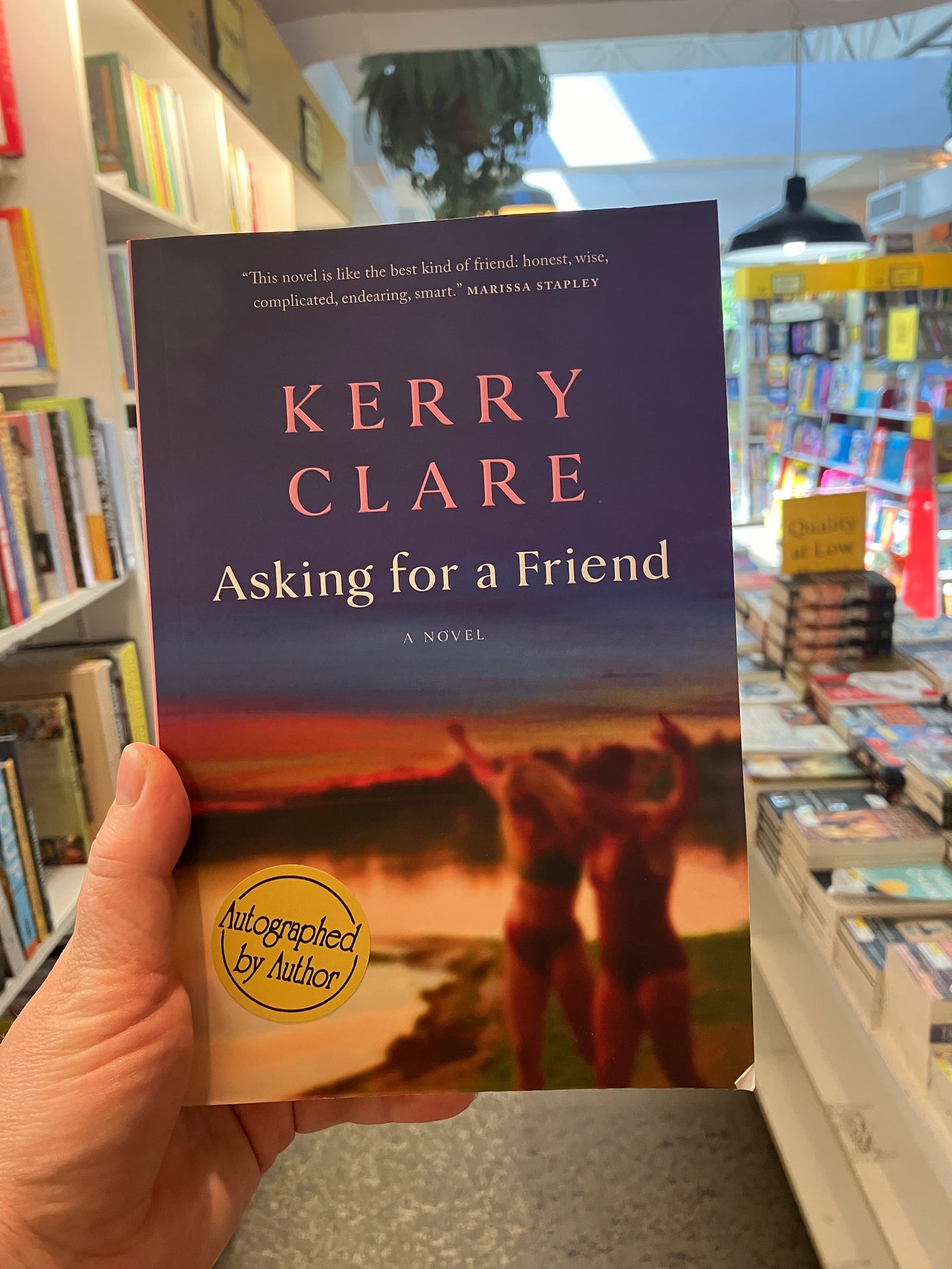
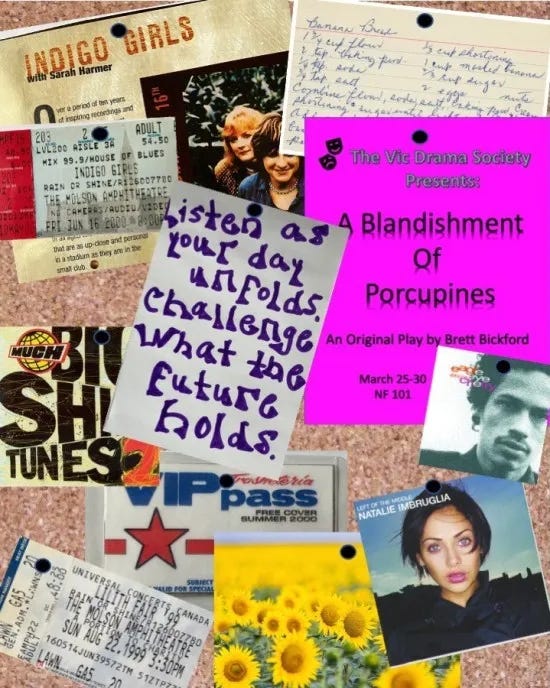
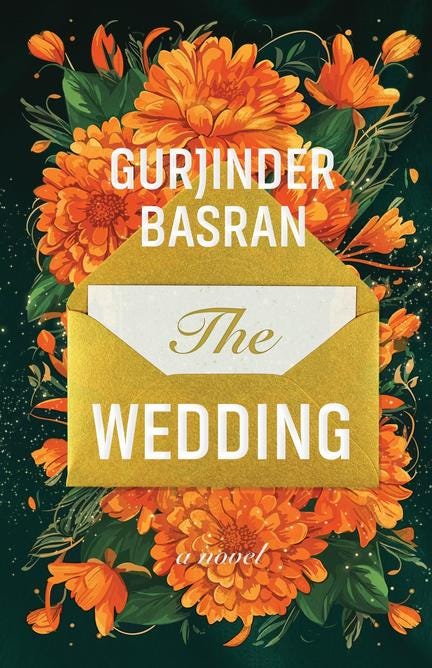
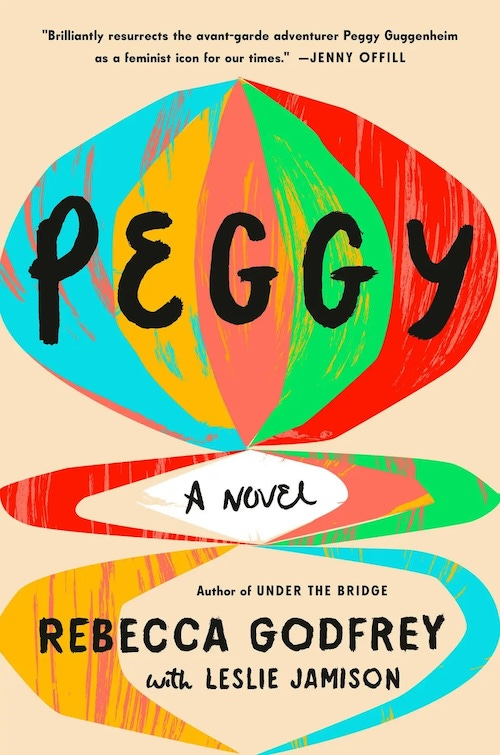
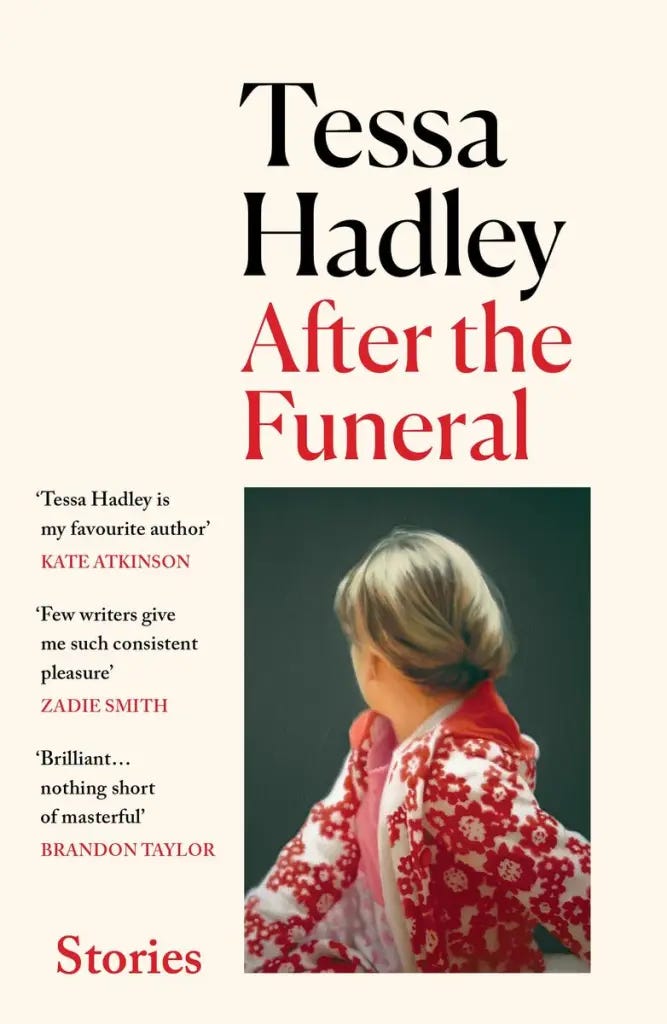
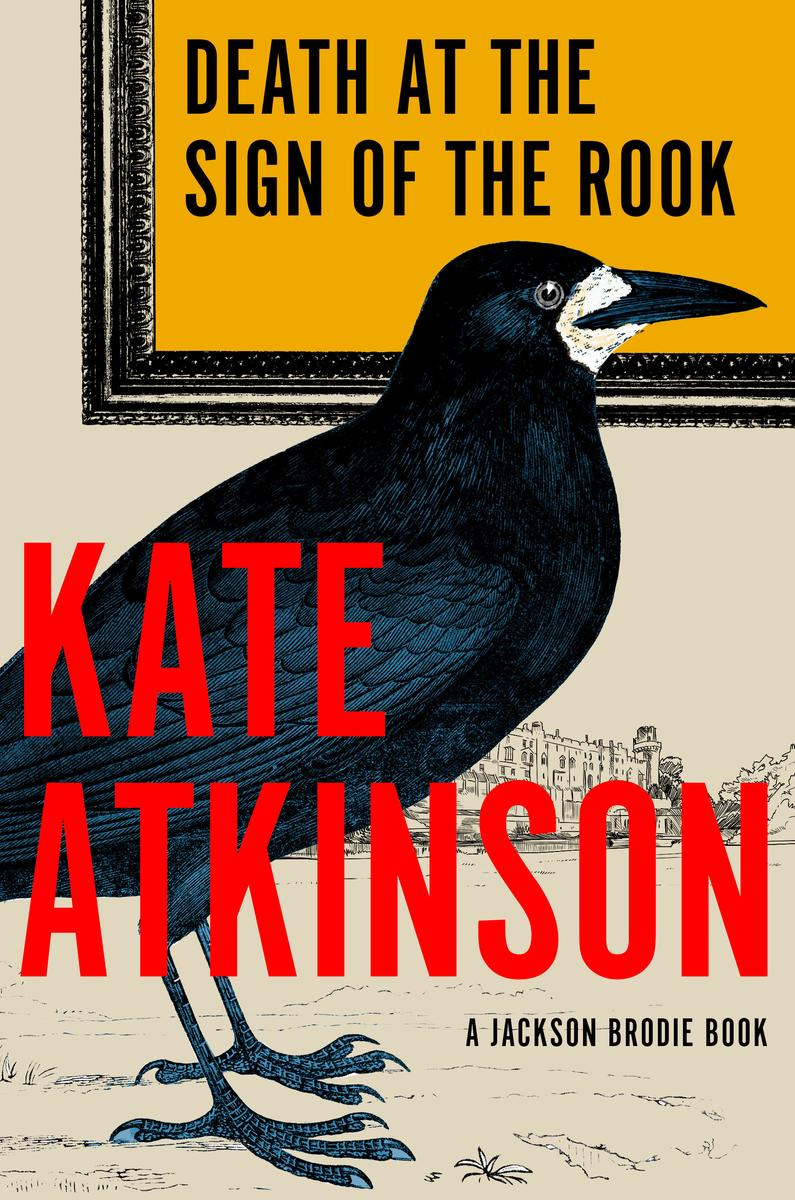
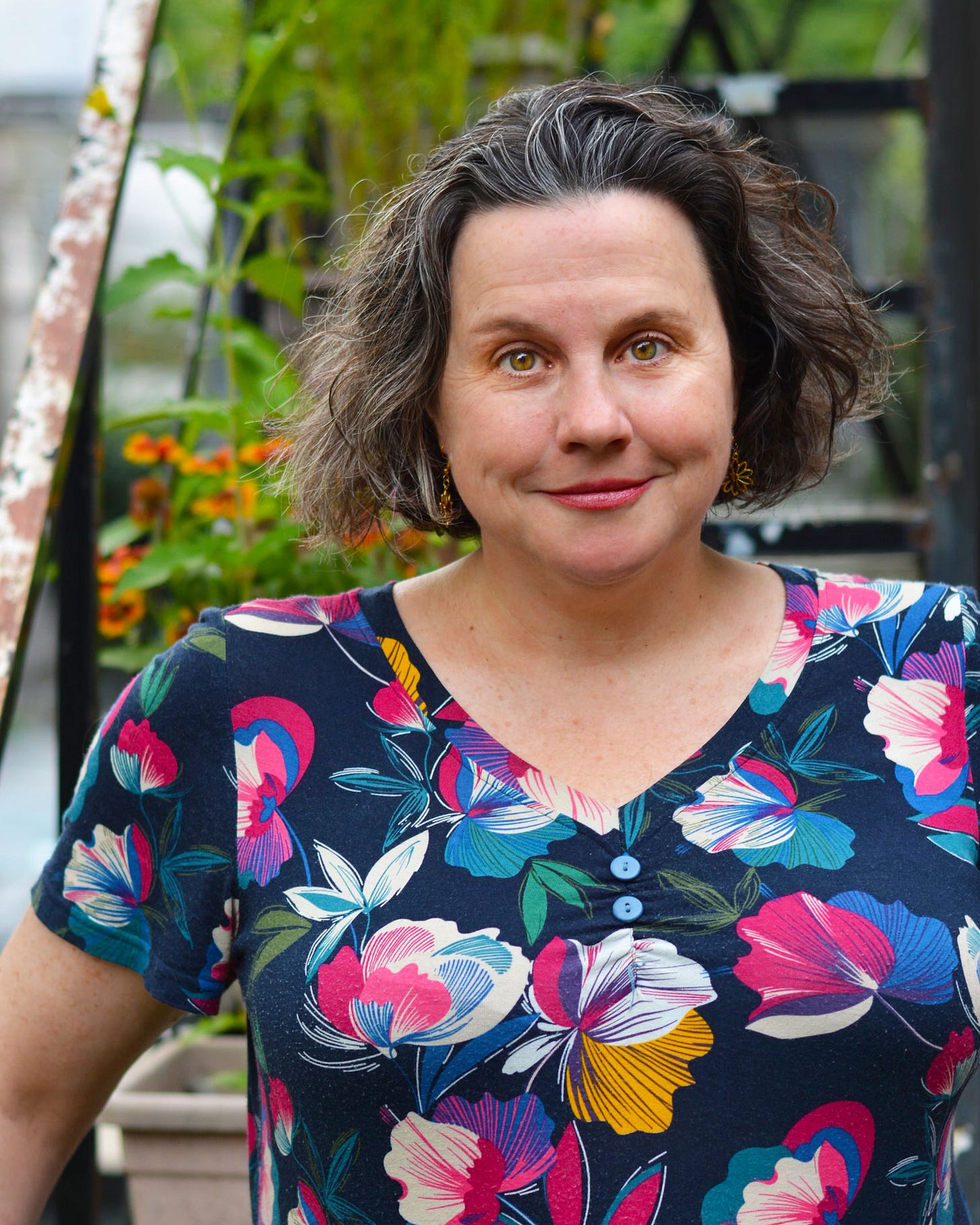
I've read this over and over all day. You are my inspiration, truly.